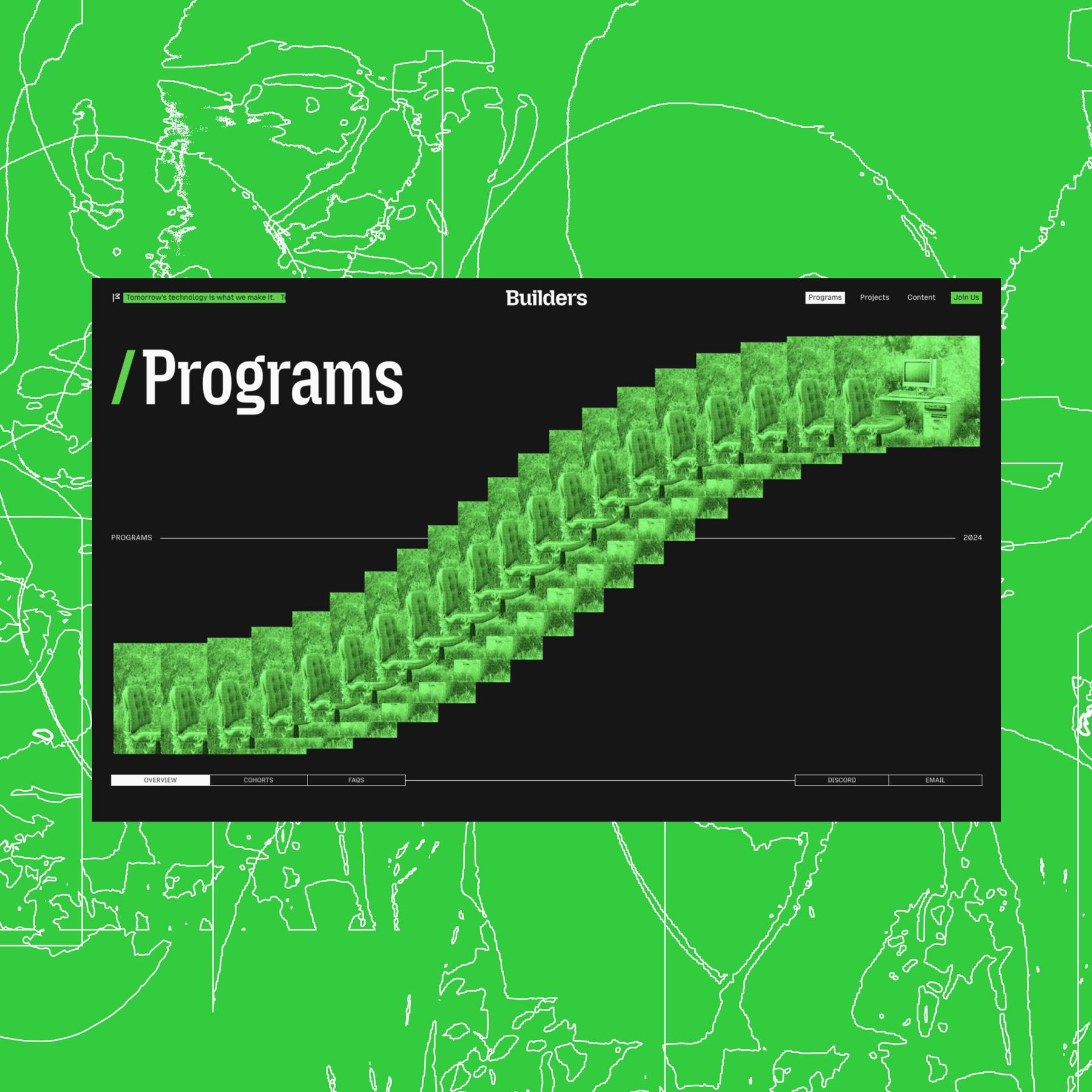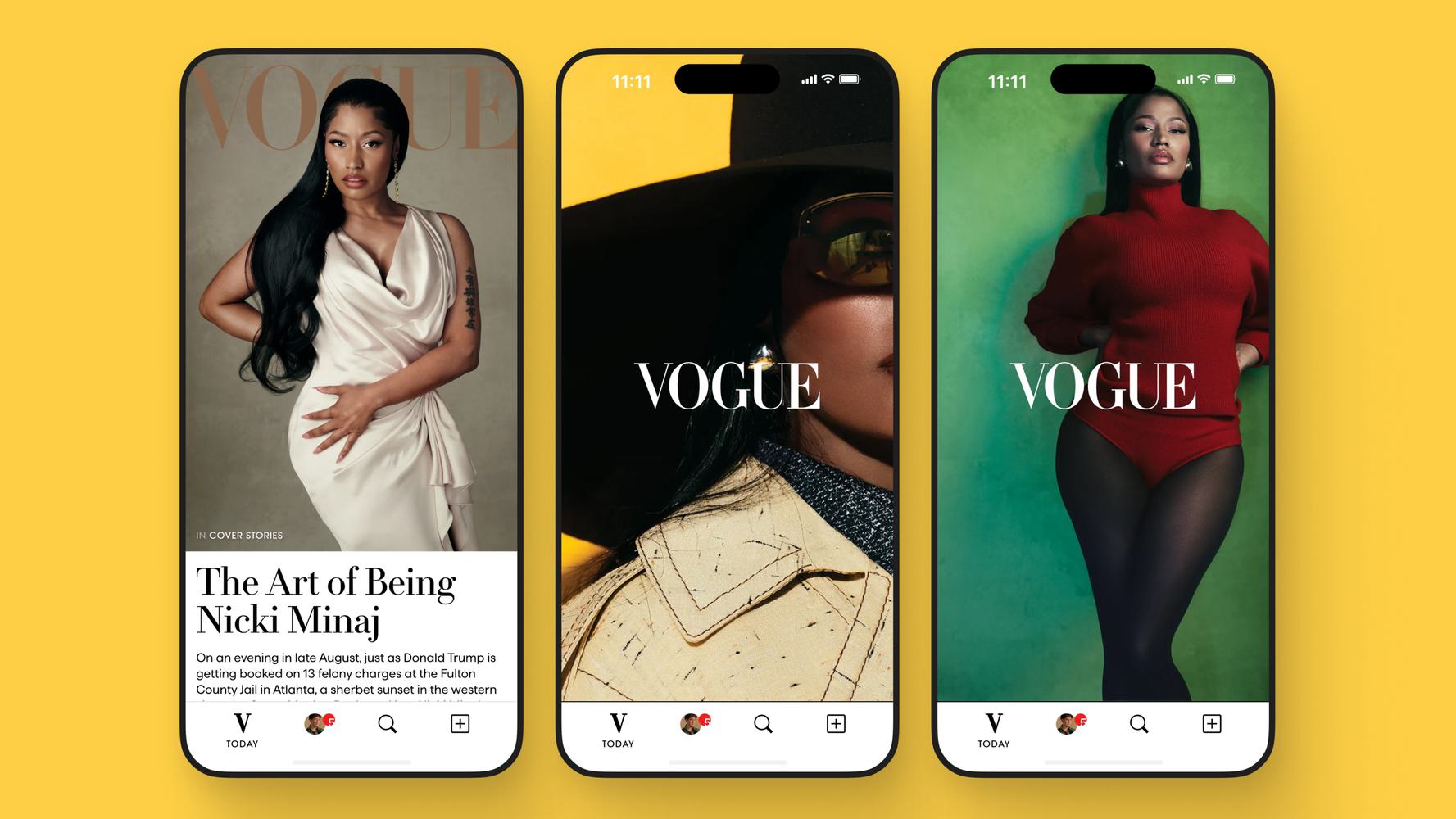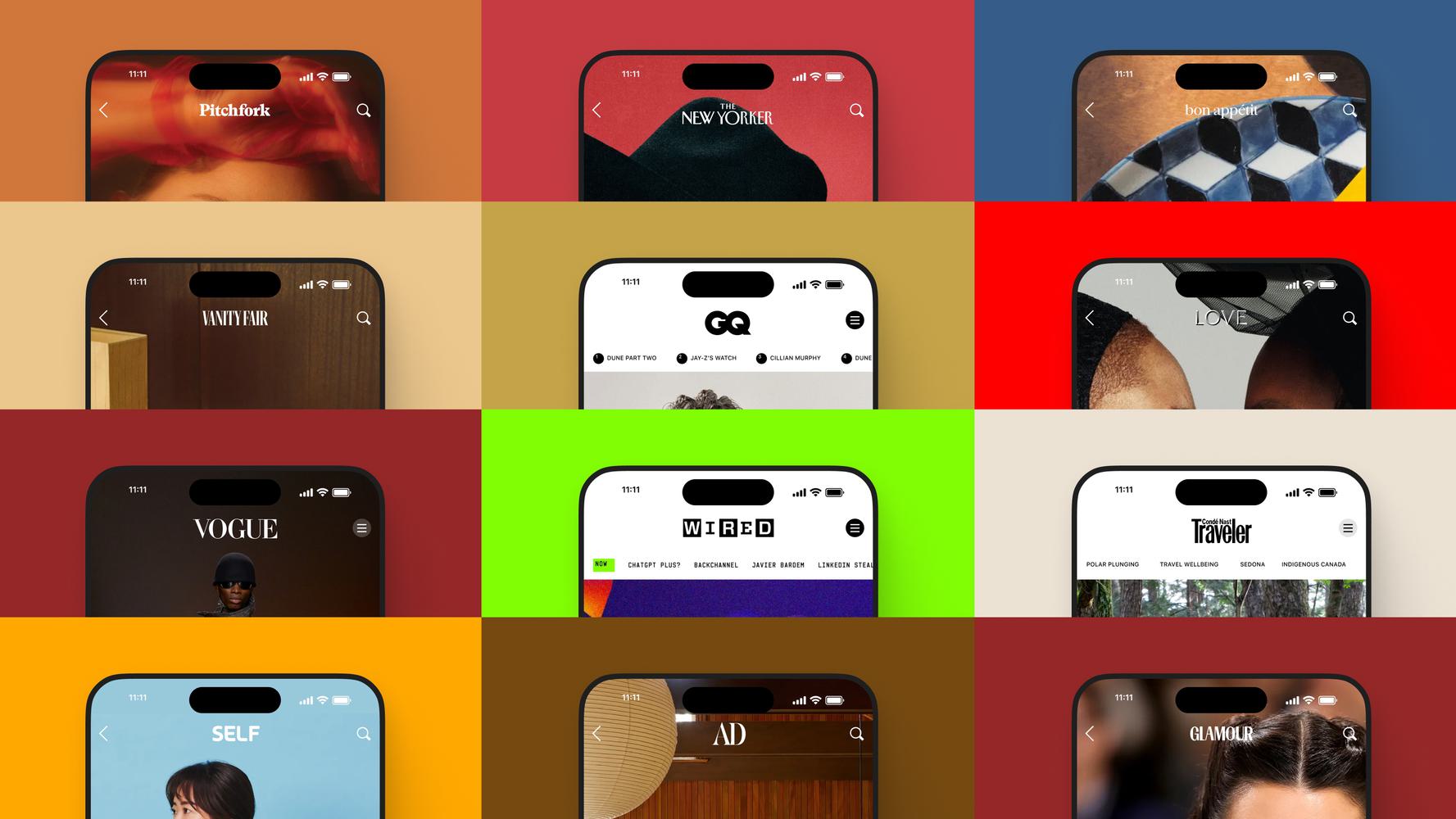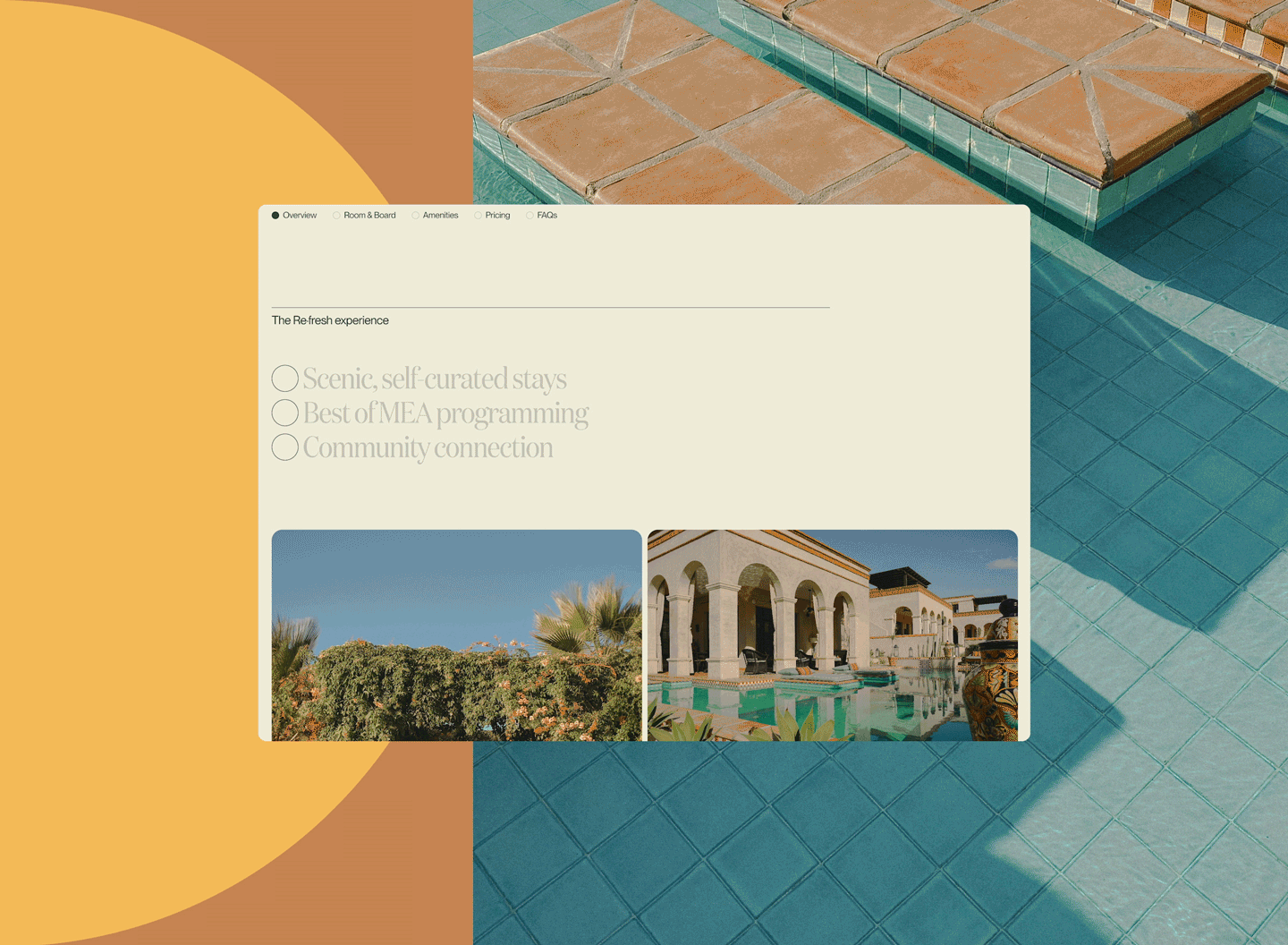Our initial phase of partnership with Nike centered on resetting their global brand standards, elevating the consistency and aesthetic of their approach across consumer touchpoints. Everything was rooted in recentering Nike on sport—what Nike stands for.
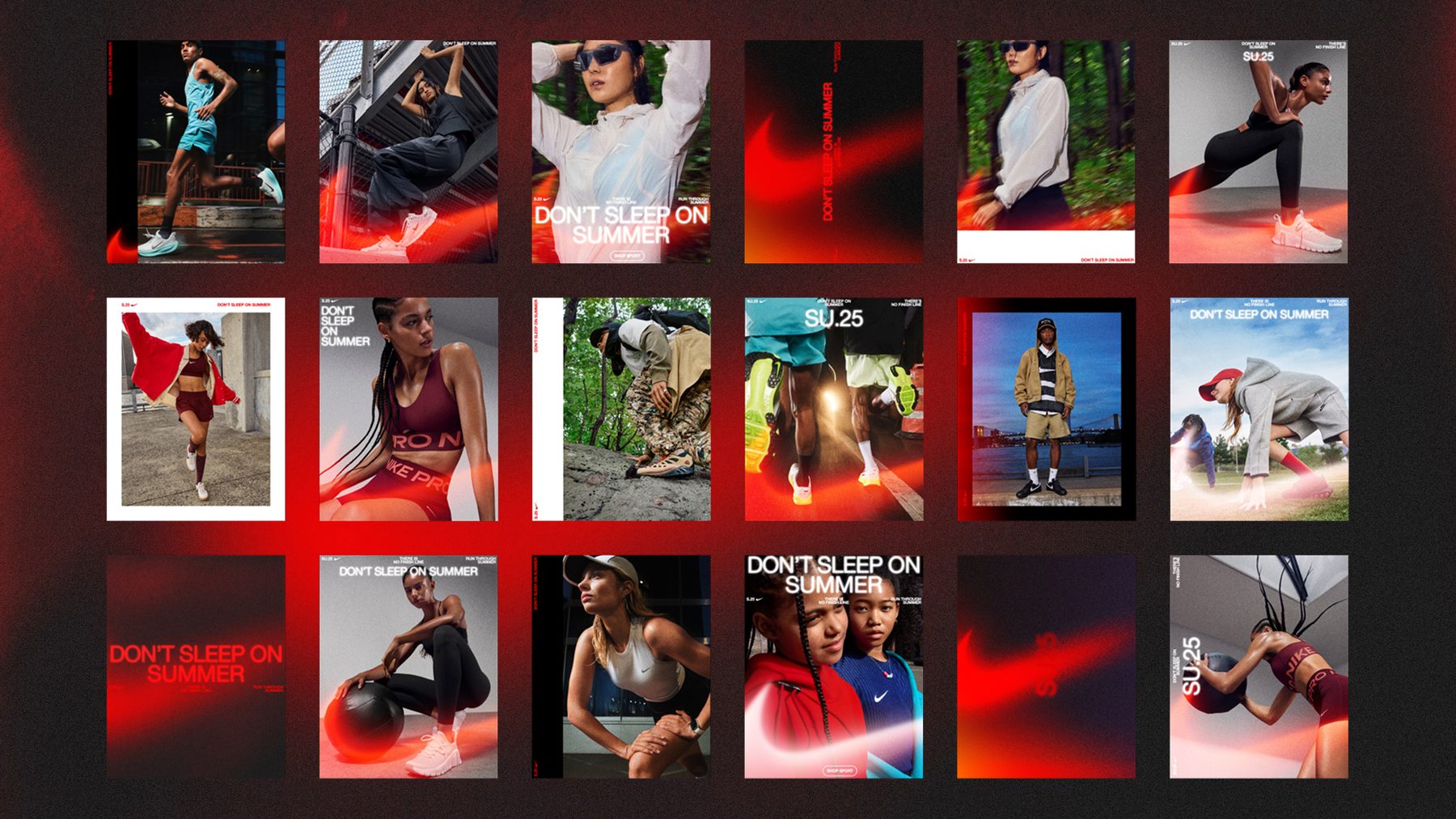
The key insight driving the work was that while Nike excelled at high-level storytelling and creating iconic campaigns, most consumers experienced the brand through much smaller, more erratic touchpoints—emails, product pages, social posts. These touchpoints, full of undifferentiated product photography and disconnected messages, were undermining Nike’s premium brand promise. Nike didn’t want to look like generic retail; besides the logo on the clothes, there was really nothing in some of their standard product photography that was distinguishable from The Gap. The iconic campaigns need to be complemented by simple and clear digital retail interactions.
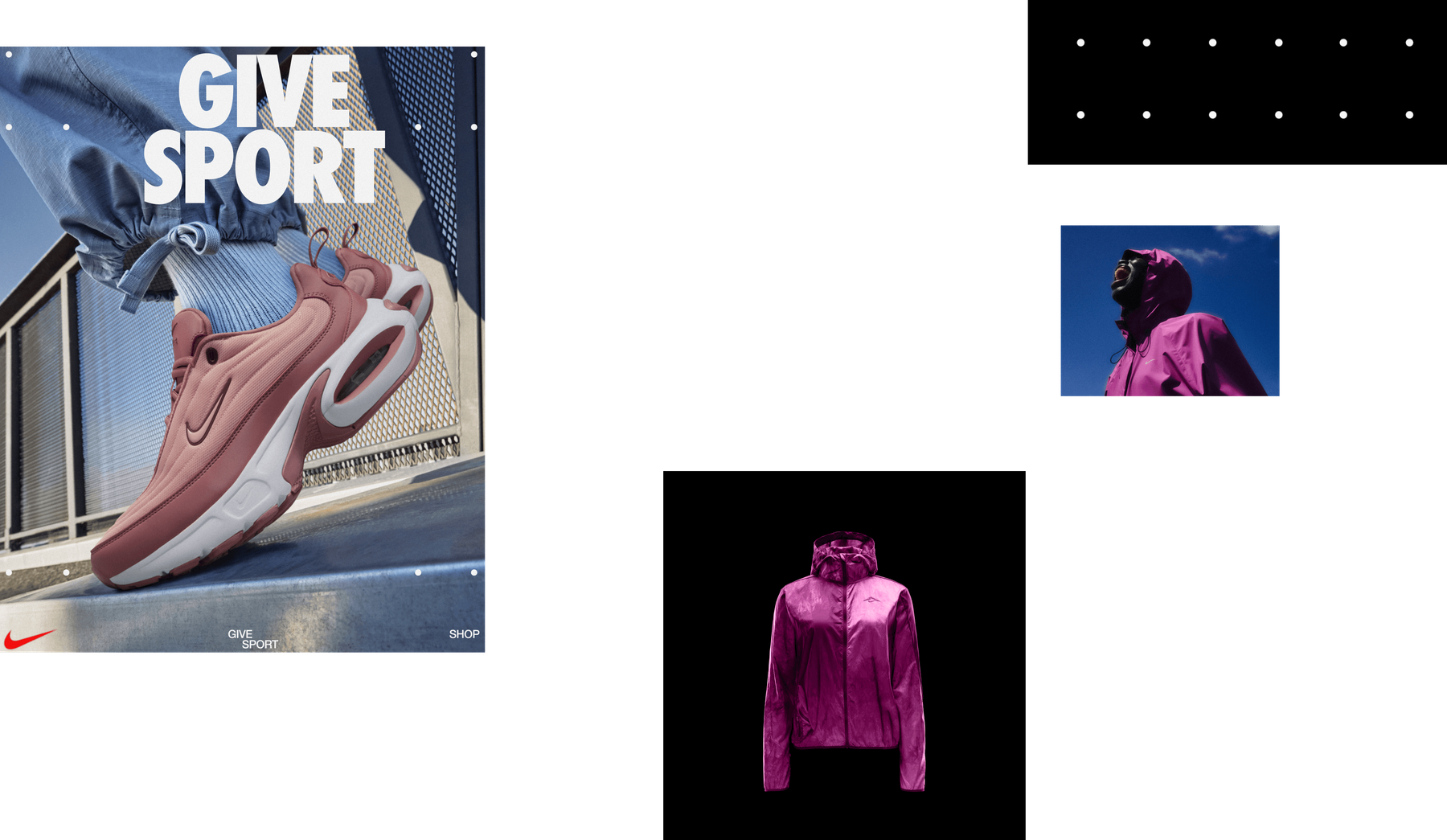
By auditing Nike’s consumer interfaces and communication strategies throughout their funnel, we identified opportunities to transform consumer experiences and moments across the calendar into brand-right engagements that are all about sport.
Across back-to-school, holidays, and summer gear-up moments, focus shifted from product-first to dynamic people-first narratives. Instead of only showing the shorts, devoid of human context, the shorts are seen on an athlete out on a run in a city.
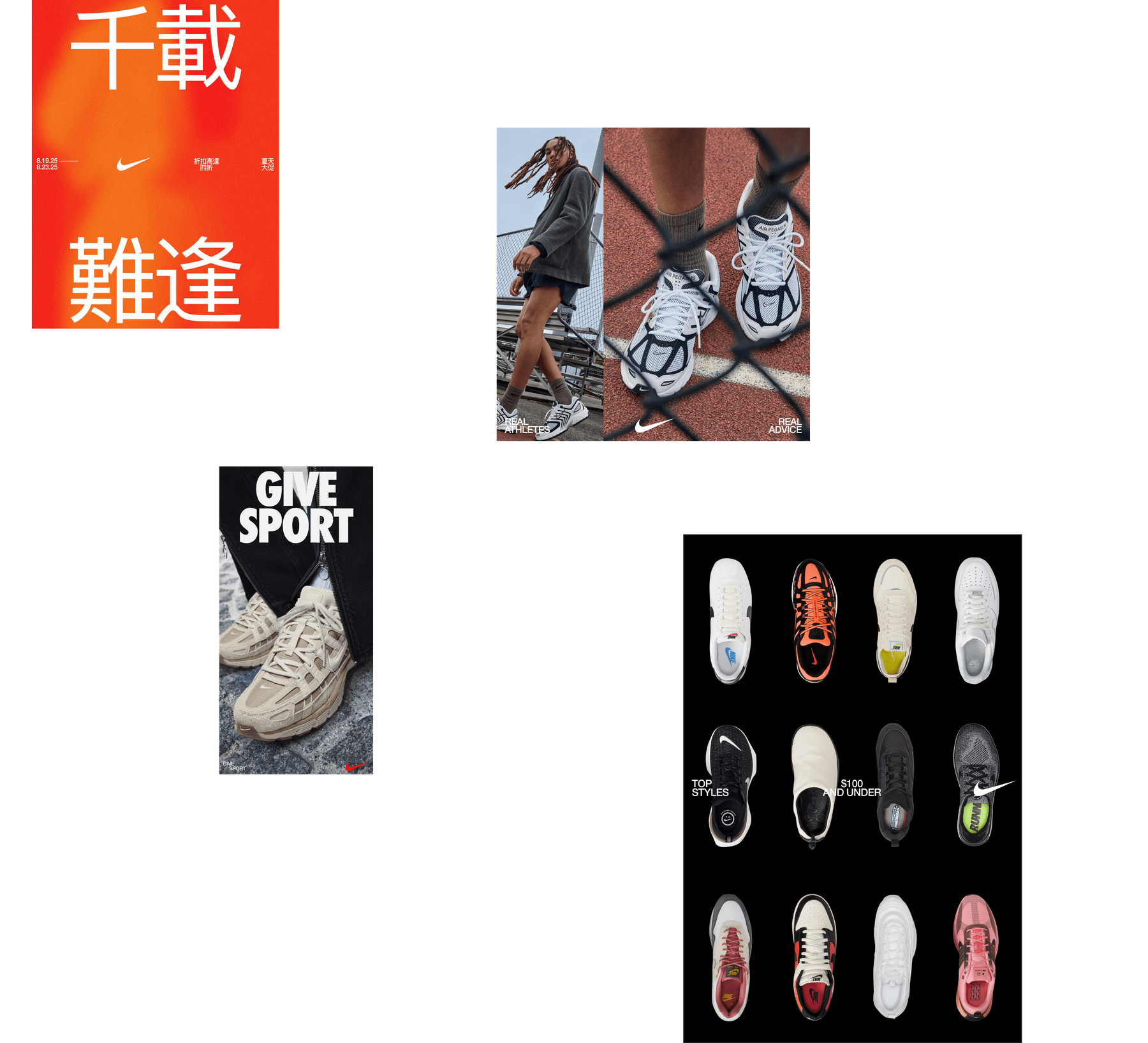
This strategy is a holistic re-thinking of the way Nike engages with editorial storytelling. By centering people’s stories that lead to product, instead of the other way around, every part of the brand down to a sale-alert email is charged with a new energy and purpose. For mid-funnel consumers, it’s the smaller brand moments that, once aligned, make a massive impact at scale.
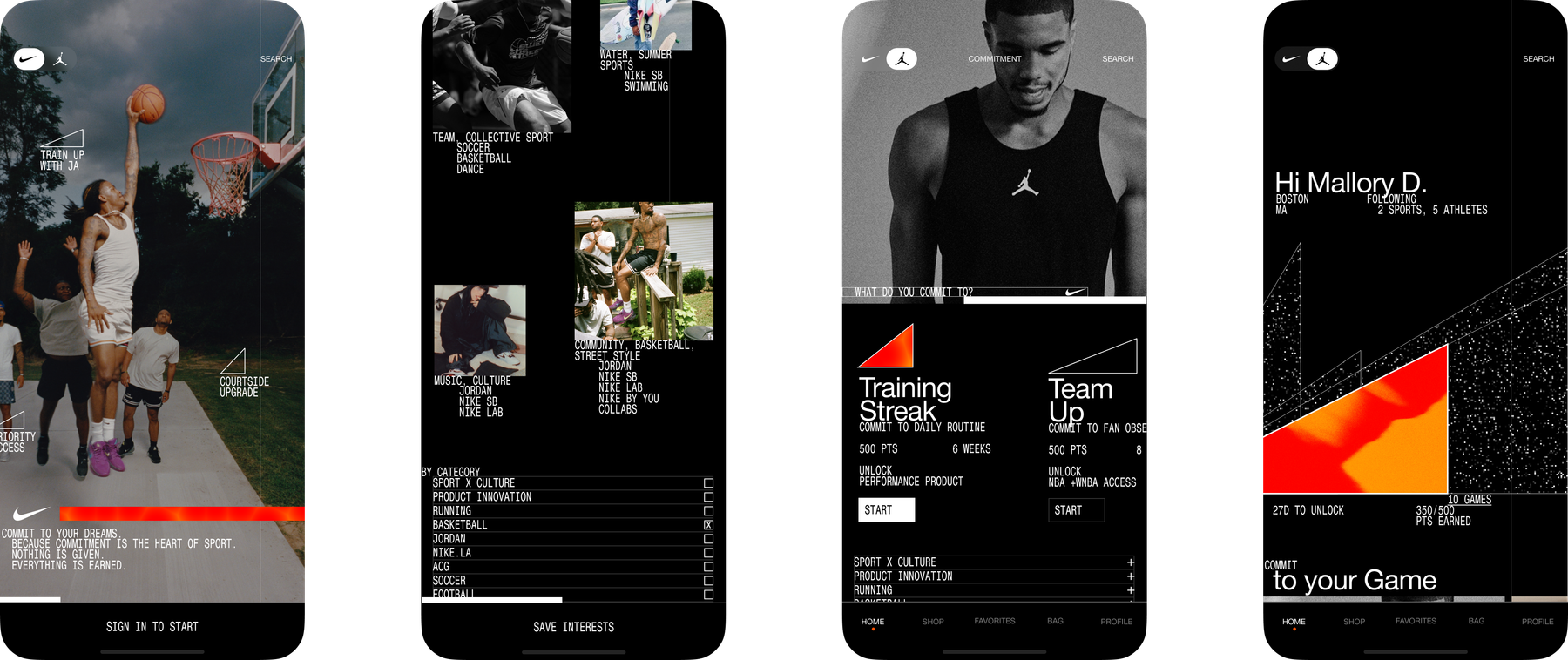
By reestablishing cohesive brand standards across consumer moments, laddering up from on-the-ground activations to high-level strategy, this reset is driving Nike's brand rebound.



